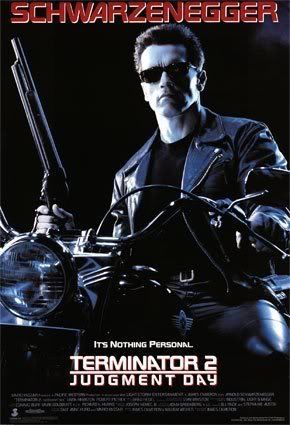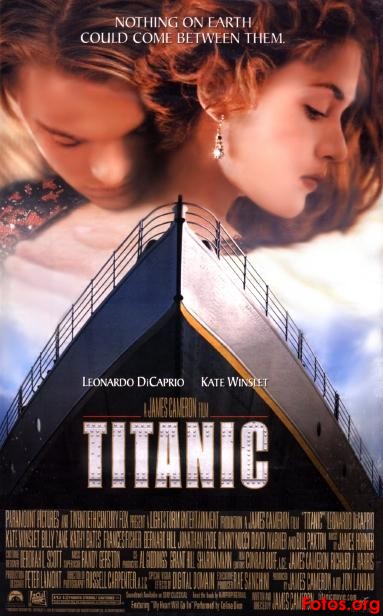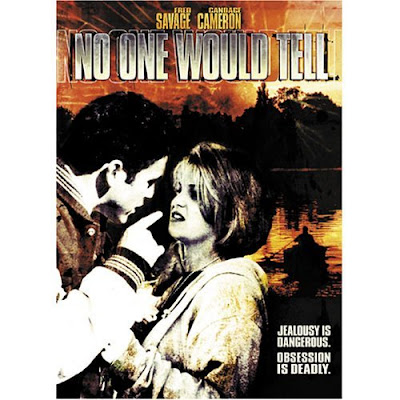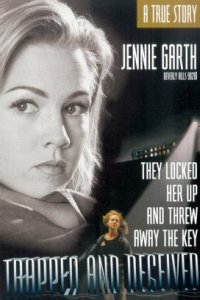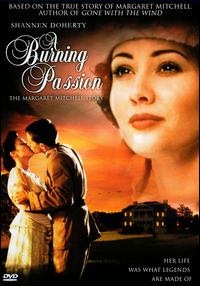
When I get confused on a daily basis for a high school student, I don't let it faze me. Instead, I simply remind myself that I am probably younger than the average actor who plays a high school student in the movies or on TV. People think high schoolers look like 25 year olds because 25 year olds populate most of the high school roles: it's as simple as that. In contemporary shows like Glee, some of the actors playing the students (namely Cory Monteith and Mark Saling, both 27) are only four years younger than the actor playing their teacher (Matthew Morrison, 31). It's no wonder our perceptions are skewed; in Hollywood, it seems, one truly can stay 16 forever.
The problem with a movie franchise featuring a high-school age lead character is simple: that actor is going to age a lot faster than you can churn out those movies. So while the "...To be continued" might allegedly pick up the day after the original action, in reality the actors are a few years older. It's the same problem they're bound to have with those Twilight films. Unless Robert Pattinson really is a vampire and thus immortal (and based on his skin tone, I wouldn't automatically rule it out), he's probably going to stop looking 17 at some point.
The practice of casting 20-something actors as teens is a fairly common one. After all, it's far easier to deal with adult than a minor when casting actors. On the other hand, there's only so far you can push the age range and still reside comfortably in believable territory. Maybe some of you had 30-year old classmates in high school, but in my experience most of these actors would have garnered some questionable looks from their alleged peers if they showed up at the homecoming game.
The 80s and 90s had a lot of gross offenders, but the group listed here is among the most grievous:
Alan Ruck as Cameron in Ferris Bueller's Day Off

Cameron's age: 18
Ruck's age when the movie was released in 1986: 29
I'm not much of a math person, but even I can figure this one out pretty easily. Alan Ruck was born in 1956, making him practically the same age as my parents. I was born in 1985, and I'm pretty sure my parents weren't high school seniors at the time. It just doesn't add up.
It's not whether or not we can appreciate his performance in Ferris Bueller; personally, I thought he was great. It's more that he was twice the age of some real-life high school students while playing one himself. To be fair, Matthew Broderick was in his 20s when he filmed the movies, but Mia Sara (Sloane) was actually 19. When you've got an actress 10 years younger than you giving you life advice onscreen as your peer, we've got a slight problem.
Gabrielle Carteris as Andrea Zuckerman on Beverly Hills, 90210

Andrea's age at the outset of 90210: 17
Carteris's age at the outset of 90210 in 1990: 29
It's one thing to play a part 10-plus years your junior for a one-time gig, but it's another entirely to commit to a long-running project under these pretenses. Carteris was 29 when she started on 90210, meaning that by the time of her departure in the fifth season she was probably old enough to have a high school son or daughter of her own. She was only 6 years younger than James Eckhouse, the actor who played Brenda and Brandon's dad. Then again, on a show where character's willfully name their children cutesily matchy names like Brenda and Brandon, perhaps hiring a 29 year old actor isn't your biggest problem.
Shannon Elizabeth as Nadia in American Pie

Nadia's age in American Pie: 18
Elizabeth's age when American Pie was released in 1999: 26
Thank goodness for Shannon Elizabeth's terrible fake European accent or else her age would have been the least believable aspect of her character in American Pie. Actually, I should take that back. Her boobs probably win that prize.
Michael J Fox as Marty McFly in Back to the Future III
Marty's age: 17
Fox's age when the movie was released in 1990: 29
Here's another case of an actor aging out of their original character in a franchise while preserving the illusion that they haven't changed a bit. In a movie that defines time travel so laxly, you'd think they could have written in a few extra years of life for Marty in between installments, but they all just kept picking up where the last one left off. I always liked this one better than Part II, though, so maybe I was a tad more willing to suspend my disbelief.
Meredith Monroe as Andie McPhee on Dawson's Creek

Andies's age when she first appeared on Dawson's Creek: 15
Monroe's age when he first appeared on Dawson's Creek in 1998: 30
Dawson's Creek made Monroe's extreme age discrepancy from her character a bit more stomachable by casting Kerr Smith as Andie's fraternal twin, Jack. Smith was no fresh-faced kid himself, debuting on the show at age 26. I'm not sure if any of you have ever seen a high school sophomore, but I'll give you a hint: they look much closer to 12 than 30. Of course, they are much closer to 12 than 30, but that's really beside the point.
To her credit, Monroe did have a pretty youthful appearance, but when she appeared in the series finale at age 36 the show may muddled its credibility. Suddenly, storylines like Pacey hooking up with a teacher don't seem so scandalous. It would probably been equally troubling if he'd just gotten together with one of his senior castmates.
Judd Nelson as John Bender in The Breakfast Club

John's age in The Breakfast Club: 18
Nelson's age when The Breakfast Club came out in 1986: 25
25 is still young compared to some of the others rounding out this list, but both Molly Ringwald and Anthony Michael Hall were actually high school-aged when The Breakfast Club premiered in 1986. I'll concede that co-stars Emilio Estevez and Ally Sheedy were both 22, but still. Either you cast a bunch of teenagers or you cast a bunch of 20-somethings, but mixing the two only highlights the differences in age.
Charisma Carpenter as Cordelia Chase on Buffy the Vampire Slayer

Cordelia's age when Buffy premiered: 16
Carpenter's age when Buffy premiered: 27
Carpenter had originally intended to audition for the show's title role and Sarah Michelle Gellar for the role of Cordelia, but the two got switched somewhere along the audition process. I don't care what they dressed her in: there was no way this girl would ever pass for 16. She might not even have gotten carded at the club. Carpenter is, however, gorgeous, which means many viewers were in it more for the eye candy than the believability.
Stacey Dash as Dionne Davenport in Clueless

Dionne's age in Clueless: 16
Dash's age when Clueless came out in 1995: 29
When I first saw the movie, I'd never have guessed that Dash was almost 11 years older than her costar Alicia Silverstone. Actually, if you've seen any recent photos of Stacey Dash, it's pretty obvious she's still got it. Dash went on to reprise her role for the Clueless TV show, continuing to play her high-school aged character well into her 30s. Aside from posing for Playboy in 2006, Dash's career probably peaked in her postmature high school days, so it's for the best she milked her perceived youth for as long as humanly possible.
Most of us would balk at the offer to experience high school all over again, but some of these actors have made pretty lucrative careers out of living their adult lives in reverse. It just goes to show that there doesn't need to be such a thing as aging gracefully. Who would pick that option when you could choose not to age at all?



